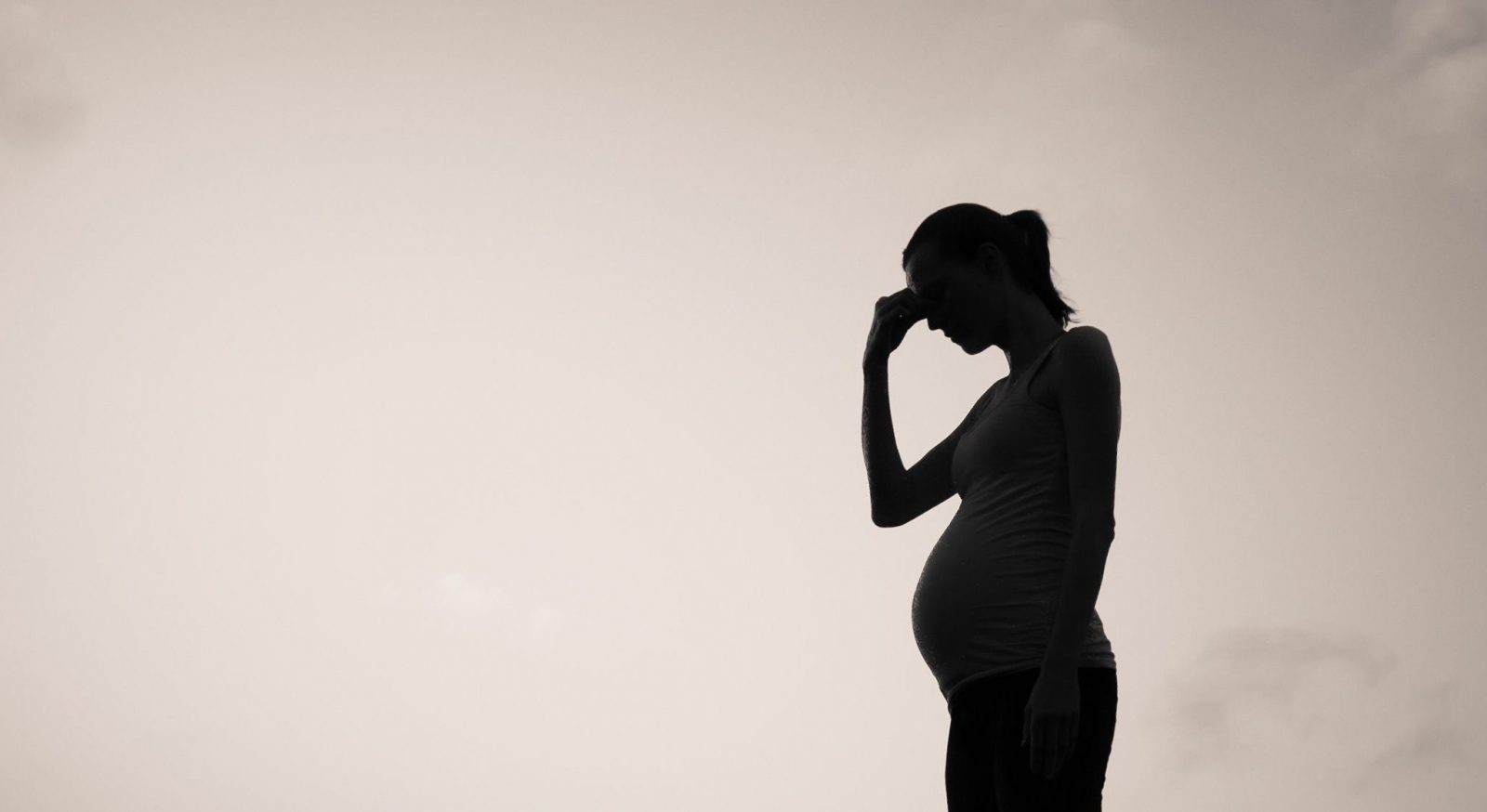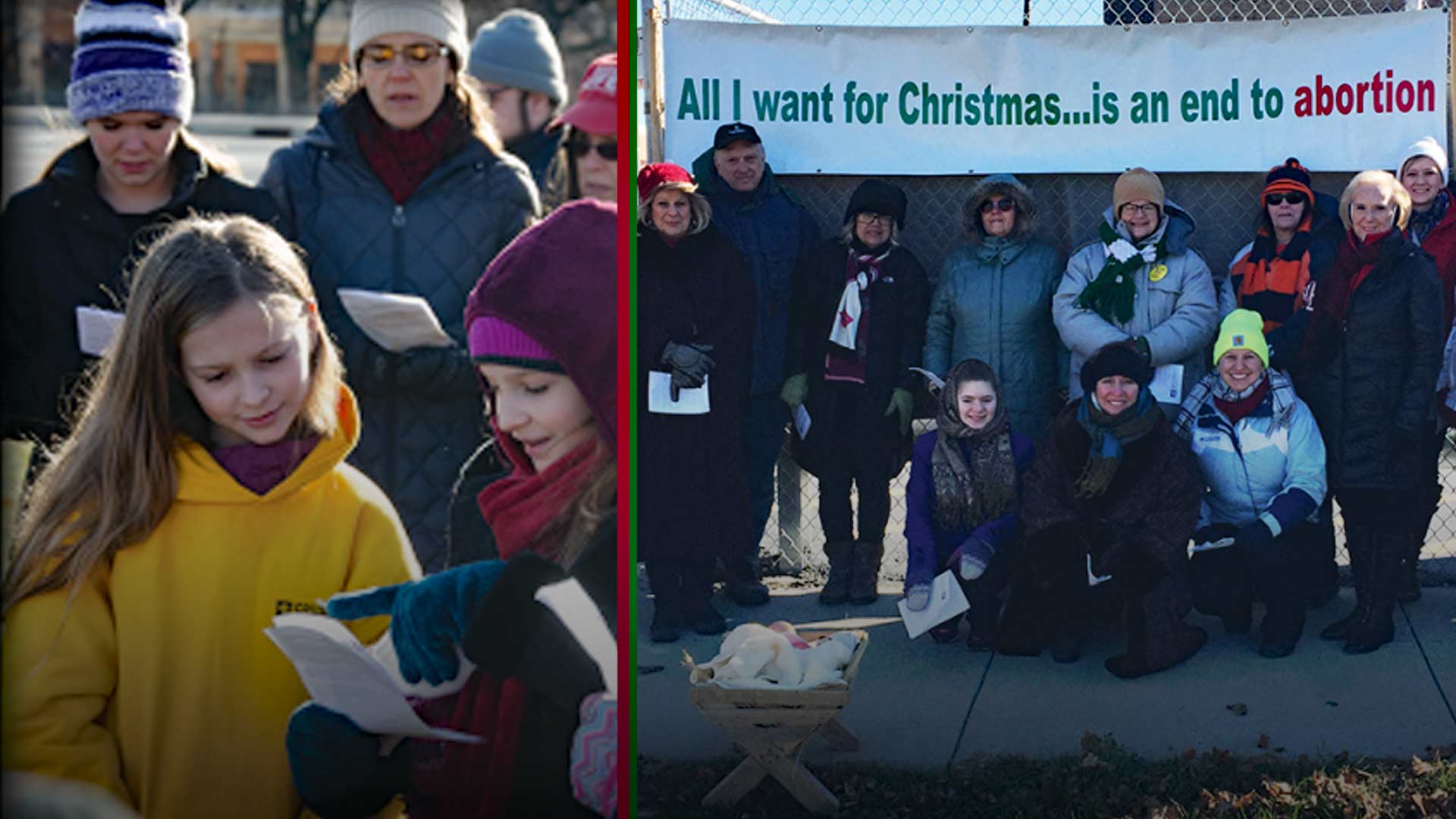
Each year, the state of Alaska quietly releases an obscure report detailing the number of unborn babies who were aborted the previous year.
Buried in the Department of Health & Social Services website the “Induced Termination of Pregnancy,” report reveals how many children were aborted and at what age, as well as the age, race, education level and marital status of the would-be mothers, and the method of payment for the abortions.
The data is based on forms submitted by abortion practitioners who are required by law to report the procedures. Records go back to 2003. Since then an average of 1,630 Alaska babies have been aborted annually — a total of 26,090 lives in 16 years.
Last year’s 1,283 abortions were up slightly from the 1,255 abortions reported in 2017.
PUBLIC FUNDING
Just over 45 percent of all abortions last year were paid for using public funds through Medicaid. Alaska taxpayers are required by court order to fund so-called “medically necessary” abortions for women eligible for public assistance through Medicaid. This requirement essentially equates to funding abortion-on-demand for any reason. Legislative efforts to limit and specify what constitutes “medically necessary” were struck down by the Alaska Supreme Court in 2017. That year, 635 of all Alaska abortions (more than 50 percent) were paid for through state Medicaid funds, the highest percentage on record.
While Alaska law does not allow the state to identify who performed the abortions, the vast majority is done by Planned Parenthood, which operates abortion clinics in Anchorage, Fairbanks, Soldotna and Juneau. The abortion giant claims to have performed about 1300 or the 1,334 abortions reported by the state in 2015, that is 97 percent of all Alaska abortions.
WHY ARE ABORTIONS DECLINING?
While public funding is up, the overall number of abortions has dropped sharply over the past four years, which reflects a national trend.
According to the National Right to Life’s 2018 annual report, abortion rates have fallen all across the country in nearly every age group of women since 2005.
The reasons for the drop in abortions are unclear. Abortion supporters, such as Planned Parenthood, often point to increased contraceptive use, but this is debatable.
Studies across recent years suggest that increased contraceptive use leads to unrealistic expectations about the consequences of sex, namely pregnancies. This, in turn, leads to increased sexual activity. Since all forms of contraception have measurable failure rates, when an unplanned pregnancy does occur, women are ill prepared and more likely to choose abortion as a backup.
Last year the British Pregnancy Advisory Service (BPAS), an organization that performs abortions at more than sixty locations in the U.K., reported that more than half of women who had an abortion at its clinics were using contraception that failed, and that overall the pill had a nine percent failure rate.
The National Right to Life report, suggested that abortion rates may actually be dropping because of pro-life laws, the closure of abortion clinics, legislative efforts, a growing awareness of the humanity of the unborn child, knowledge about the risks of abortion and efforts to assist pregnant women in need.
ALASKA LAW
For its part, Alaska has some of the least restrictive abortion laws due to the fact that the Alaska Supreme Court has struck down nearly every major pro-life law. This includes the 2016 ruling overturning a parental notification law that required an abortionist to notify the parent of a minor before performing an abortion.
As a consequence of this and other rulings, NARAL Pro-Choice America ranks Alaska among the top 14 most pro-abortion states in the nation.
Nevertheless, Alaska law does recognize the humanity of the unborn. It allows for pro-life specialty license plates, and under Alaska’s criminal law an unborn child may be considered a victim of murder. Alaska also criminalizes nonfatal assaults on the unborn and allows a wrongful death lawsuit if an unborn child is born alive following a criminal act and dies thereafter.
Also, Alaska provides immunity for parents who leave an unharmed newborn with someone the parent believes will act in the baby’s best interest.
In the case of a stillbirth, Alaska law requires that parents be advised that they may request a “Certificate of Birth Resulting in Stillbirth.”
TEENS & THE UNMARRIED
Of the 1,283 Alaska abortions in 2018, 42 were performed on teens, ages 15 to 17. Three abortions were on girls under age 15. Overall there were 157 teen abortions, up from 137 in 2017.
Alaskan women in their 20s were, by far, the largest group to undergo abortions, accounting for 720 procedures. Unmarried women (76 percent) were more likely to get abortions than married (21 percent).
AGE OF ABORTED BABIES
The vast majority of abortions last year took place from the fifth through the sixteenth week of pregnancy. A total of 100 babies were aborted at 13 to 16 weeks gestation. In terms of development, babies at these ages have fingerprints and a girl’s ovaries contain more than 2 million eggs. By week 14 ultrasounds can show babies sucking their thumbs. At 15 weeks a baby senses light and ultrasounds can reveal their sex. The first kicks are often felt by week 16.
ABORTION METHODS
More than 28 percent of Alaska abortions were performed using RU-486. This high-powered mix of synthetic hormones causes an unborn baby’s nourishing placenta to detach from the uterine wall and induces contractions.
RU-486 is typically used for up to about two months gestation. According to the state’s report, 365 abortions were done using this method, which requires at least three trips to the abortion facility. After the first round of drugs is administered in the clinic, up to 30 percent of women abort later at home or work, and as many as five days later.
There are serious and well-documented medical side effects of RU-486 abortions, including prolonged, severe bleeding and life-threatening systemic infection.
In 901 cases abortion practitioners in Alaska reported using suction curettage or vacuum aspiration. During these surgical abortions, an abortionist vacuums the unborn baby from the womb with a high-powered suction machine. In the process, the baby’s body is torn apart and he or she dies.
There were 16 dilation and evacuation abortions in Alaska last year.
There were 40 dilation and evacuation abortions in Alaska last year. In these instances, the abortionist, using a long clamp, grasps the limbs of the unborn baby and tears them off, and the baby dies.
Overall, since the U.S. Supreme Court legalized abortion 46 years ago in Roe v. Wade and Doe v. Bolton, there have been nearly 61 million abortions in the United States.







